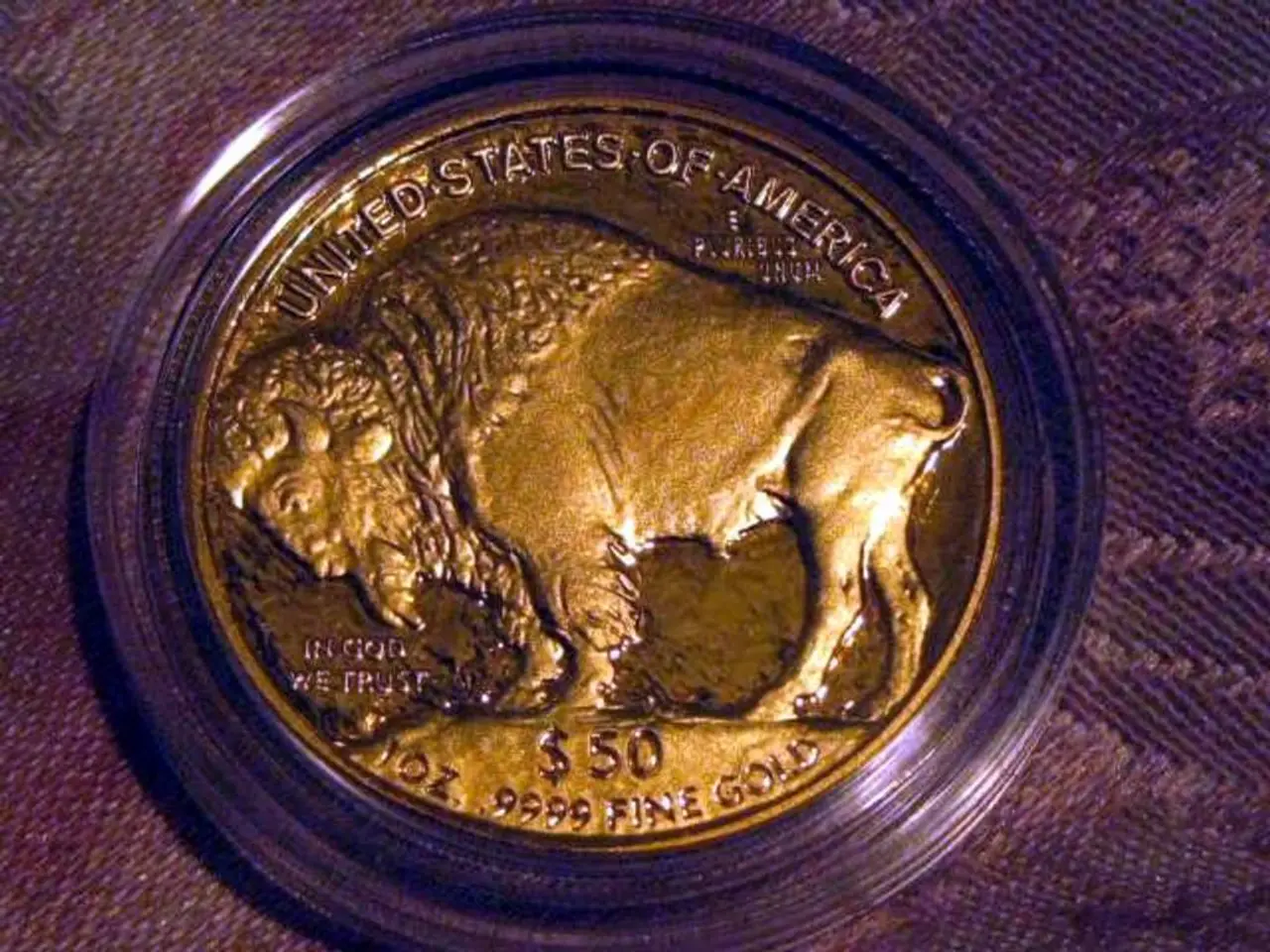WASHINGTON BRIEF
Fed maintains current interest rate levels, reduces projected economic growth
The U.S. Federal Reserve held rates steady at their fourth consecutive meeting this week, a move that might rile up Trump as he continues to push for rate cuts. The Fed's statement highlighted a reduction in uncertainty, although it remains substantial.
The Fed maintained its benchmark lending rate within a range of 4.25% – 4.50%, and hinted at two potential rate cuts for the year, in line with earlier predictions. Yet, Trump, who advocates for quicker rate reductions, called Fed Chair Jerome Powell "dumb" for not acting sooner.
Economic growth estimates for 2025 were revised downward, while inflation and unemployment forecasts were raised by the Fed in updated projections. The rate decision corresponded with analysts' expectations, leaving many to believe policymakers will maintain a watchful stance this year, evaluating the impacts of Trump's tariffs on the world's largest economy.
Economists voiced concerns that widespread tariffs could stoke inflation and impede growth. However, these concerns haven't materialized in the form of widespread price surges so far.
On the other hand, inflation rates in the U.S. are expected to moderate from 3.2% in 2025 to around 2.8% in 2026, demonstrating a clear downward trend. Recent data reveal annual inflation easing to 2.3% by April 2025, the lowest since early 2021.
The labor market's vacancy-to-unemployment ratio (V/U) stands firm at 1.1, suggesting ongoing upward pressure on wages and prices. A potential cooling of the labor market may contribute to reducing inflation, requiring higher levels of unemployment that are closer to historical norms.
The Federal Reserve's interest rate decisions have played a crucial role in curbing the post-pandemic inflation surge, and inflation expectations have aligned closer to pre-pandemic levels.
The tariffs implemented during Trump's administration have led to inflationary shocks by raising import costs and disrupting global supply chains. However, the full impact on inflation is slow to unfold, as businesses adjust prices cautiously. Consequently, the inflationary effects of tariffs may persist, potentially thwarting the return to the Federal Reserve's inflation target.
Consumer inflation expectations have recently declined to about 3.2% for the year ahead, down from earlier highs. Meanwhile, longer-term expectations remain near the Fed’s target zone, showing some signs of belief anchoring.
In conclusion, the U.S. economic outlook indicates inflation slowly moving toward the Fed’s target of 2%, although it may remain somewhat elevated in the near term due to tariff effects and labor market tightness. Economic growth is expected to continue modestly under the Fed's diligent policy management.
- The Fed's rate decision, despite Trump's push for quicker cuts, is predicted to influence the broader business landscape, spanning finance, politics, and general-news.
- As inflation rates moderate and economic growth projections remain modest, the effects of tariffs on various sectors such as finance, business, politics, and general-news will be closely monitored in the upcoming months.




